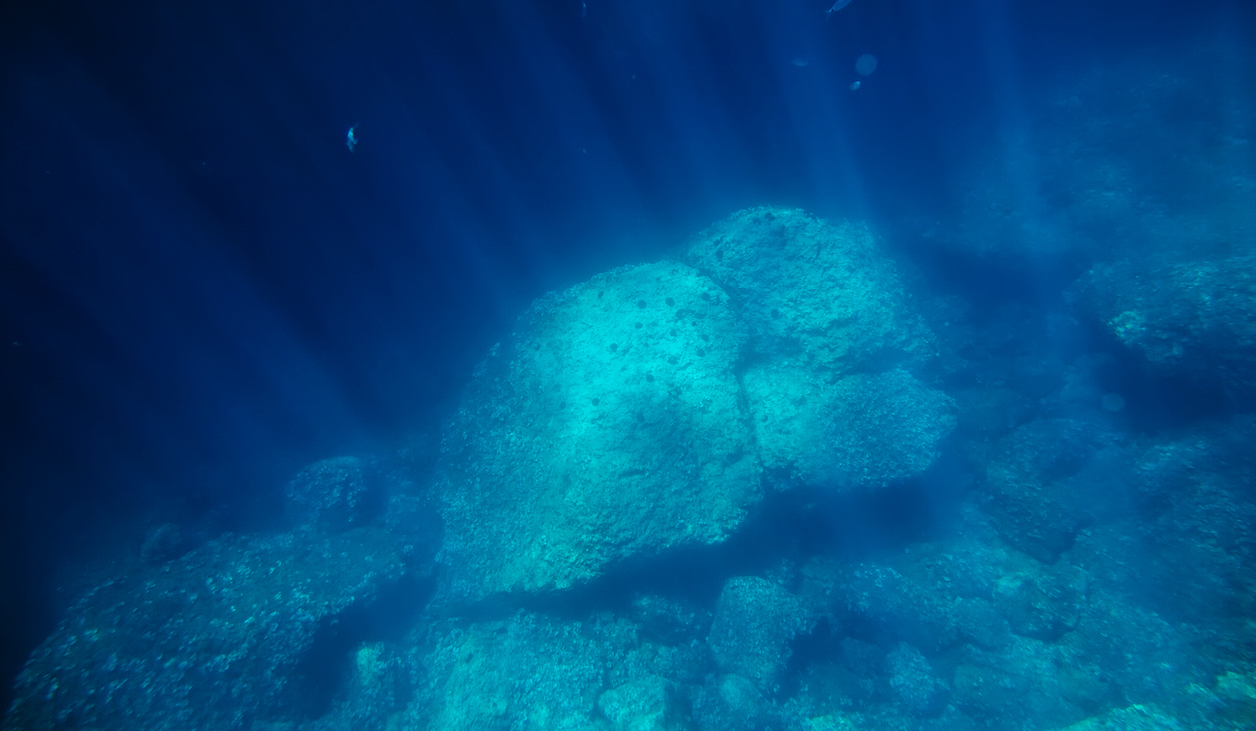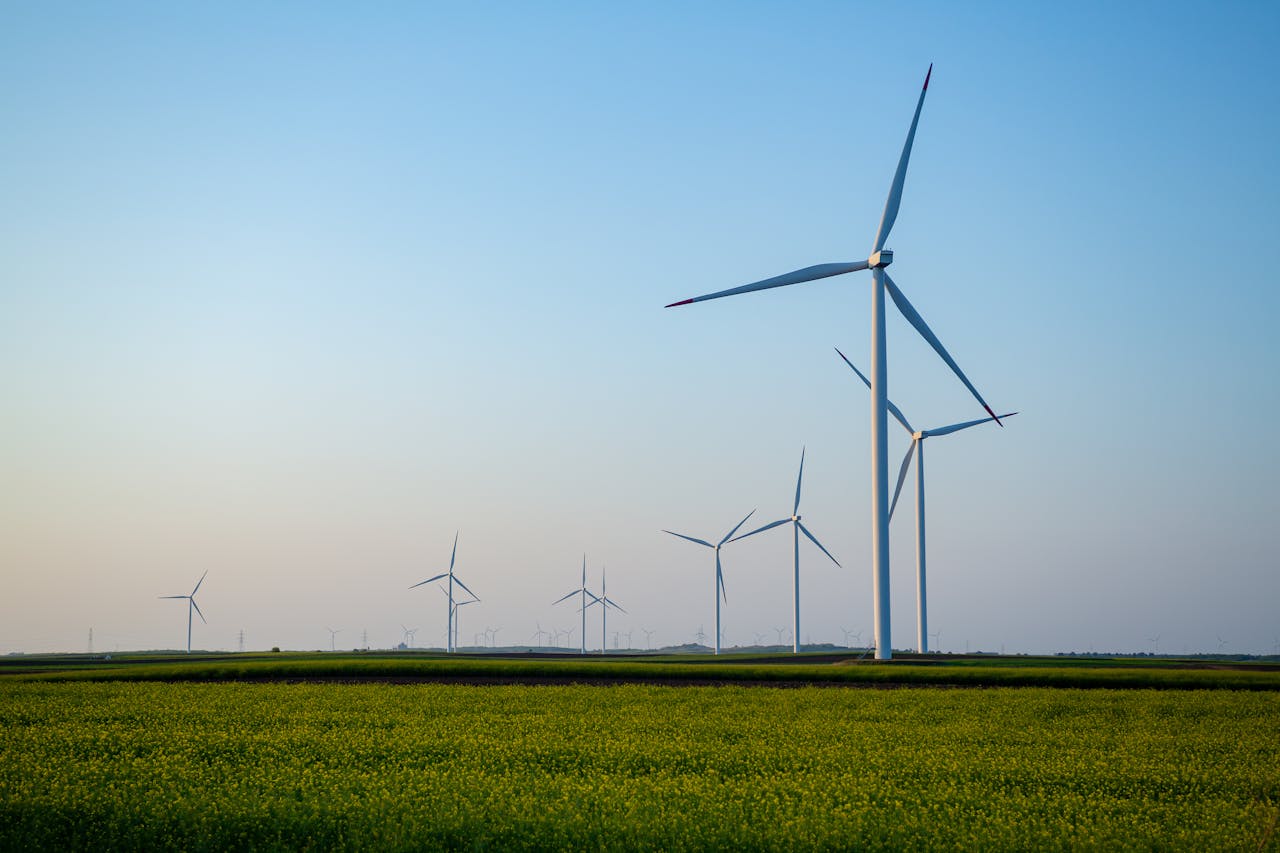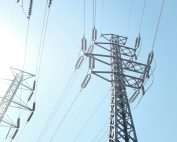Twelve specialised vessels are beginning the main phase of geotechnical surveys of the Baltic Sea bottom in the area of the planned Baltic Power wind farm and along the connection route. Completion of the tests is scheduled for later this year. Baltic Power is a joint venture project between Orlen Group and Northland Power.
The geotechnical tests will take from about 12 to about 16 weeks, depending on weather conditions. The results will provide a basis for the development of a detailed plan of locations of the foundations for the turbines and offshore substations and their connection to the onshore transmission infrastructure.
“We want to start construction of the offshore wind farm as early as in 2023. It is a pioneering venture that will not only transform the Polish power system, but will also allow us to gain new capabilities in the area of large-scale zero-emission projects. Geotechnical surveying is an extremely complex process, involving dozens of high-level professionals and high-tech equipment. Once it is completed, we will be able to develop a detailed technical design that will be optimal for the project’s schedule and economics,” – said Daniel Obajtek, President of the Management Board at Orlen Group.
A total of 12 specialised vessels will set sail from a number of ports, to operate both in the area of the offshore wind farm and along the route of the offshore part of the power connection. The farm area, spanning more than 130 sq. km, will be the place of operation of vessels drilling boreholes and sounding to depths of up to several dozen metres. Work of similar scope, adjusted to the nature of the project, will be carried out along the more than 30 km long route of the cable connection to be used to export power to the onshore substation. The farm seabed tests are being performed for Baltic Power by the British company Gardline Limited, while the Polish company Mewo is responsible for the measurements along the offshore connection route. The Norwegian company DNV will carry out the certification of the final offshore wind farm project in accordance with the international IECRE standards.
The geotechnical tests on the farm site and along the cable connection route have been preceded by the start of UXO detection surveys, performed to search for any unexploded ordnance at sea. During the preliminary geophysical surveys carried out in 2019 for the purposes of an environmental report, dozens of objects that may pose a threat in the offshore construction phase were detected on the farm site. They included fragments of shipwrecks, rock formations, and remnants from World War II, such as a torpedo and probably a sea mine. A more extensive UXO survey will make it possible to verify the data already acquired and possibly identify other elements that may pose a risk on the offshore construction site.
Source: Orlen














